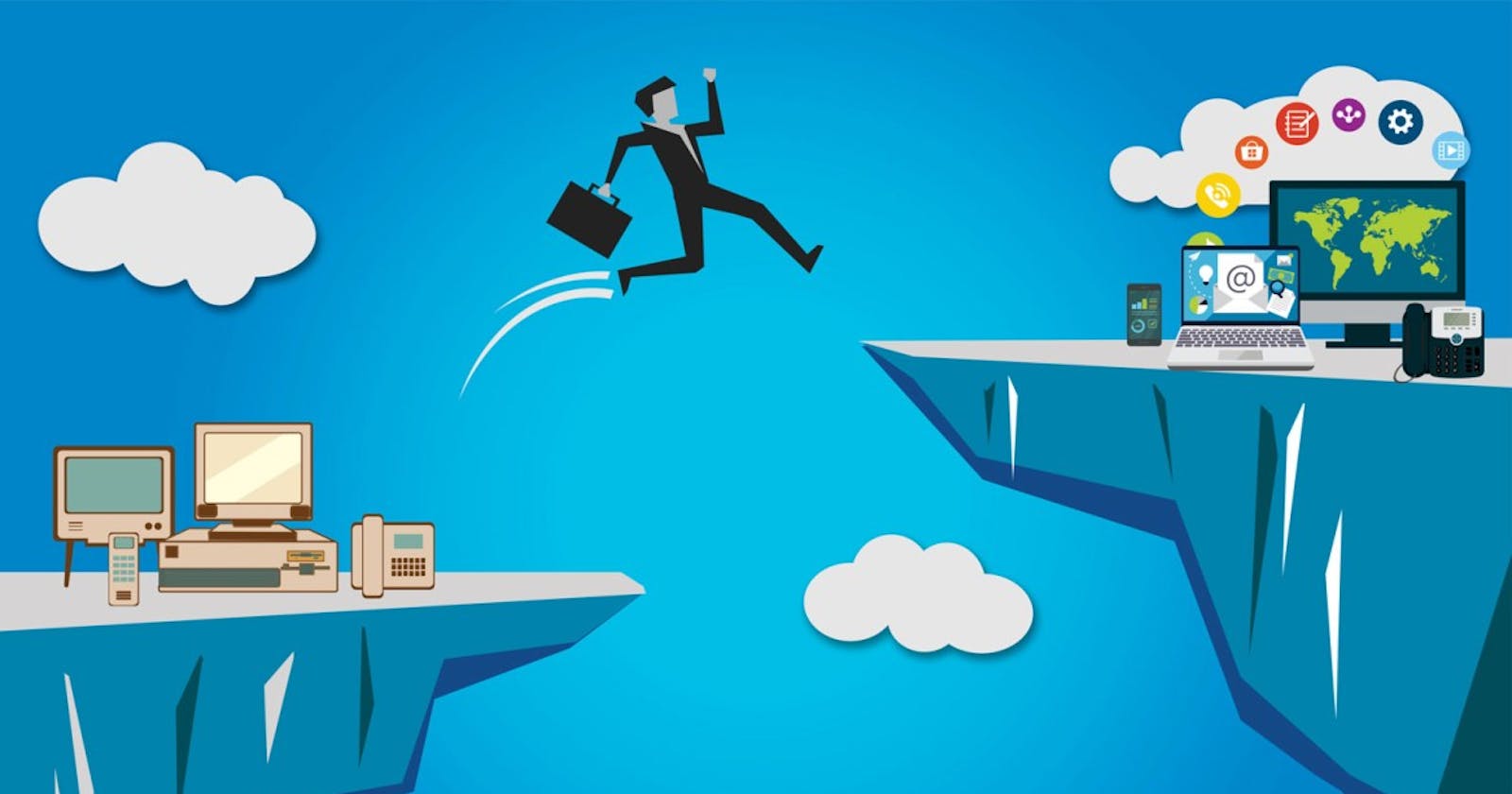The Ever-Evolving Landscape of Technical Writing: Embracing Emerging Trends for Success
The Importance of Embracing Emerging Trends in Technical Writing
Introduction
In the fast-paced world of technical writing, where information dissemination is paramount, staying updated with emerging trends is not just an option; it's a necessity. As technology continues to evolve at a rapid pace, so does the craft of technical writing. In this reflective article, we will explore the importance of keeping abreast of emerging trends in technical writing, and how new technologies and evolving industry standards impact the profession.
The Dynamic Nature of Technical Writing
Technical writing has come a long way from the days of dusty manuals and monotonous documentation. It has transformed into a dynamic and engaging discipline, largely driven by innovations in technology and user-centric design. As technology becomes more integrated into our daily lives, technical writers must adapt to new tools, platforms, and mediums to effectively communicate complex information.
Enhancing User Experience with New Technologies
One of the primary reasons for staying updated with emerging trends is to improve user experience. The end-users of technical documentation are diverse, ranging from novices to seasoned professionals. Emerging technologies like Augmented Reality (AR) and Virtual Reality (VR) offer exciting opportunities to create interactive and immersive user experiences. For instance, a technical writer can use AR to overlay instructions onto real-world objects, making the learning process more intuitive and efficient.
Similarly, voice-assisted technologies, like Amazon Alexa and Google Assistant, are becoming ubiquitous. By understanding how to write for voice interfaces, technical writers can ensure that their documentation is accessible to users who prefer spoken interactions. Integrating these technologies into technical documentation enhances usability and addresses the needs of modern users.
Evolving Industry Standards and Compliance
As industries evolve, so do their documentation requirements. Regulatory changes and evolving industry standards often necessitate updates to technical documentation. Failing to stay informed about these changes can result in non-compliant documentation, leading to legal and reputational risks for organizations.
For instance, in the healthcare sector, the Health Insurance Portability and Accountability Act (HIPAA) and the General Data Protection Regulation (GDPR) mandate strict guidelines on data privacy and security. Technical writers must stay updated on these regulations to ensure their documentation adheres to the required standards and safeguards user data appropriately.
Impact of Artificial Intelligence and Machine Learning
The advent of Artificial Intelligence (AI) and Machine Learning (ML) has revolutionized various industries, including technical writing. AI-powered tools can now automate tasks like content generation, proofreading, and translation, significantly reducing the time spent on repetitive tasks. Technical writers who embrace these technologies can focus on higher-value activities, such as crafting engaging narratives and improving overall content quality.
Additionally, AI-driven analytics tools can provide insights into user behavior and preferences, helping technical writers tailor their documentation to meet specific needs. By leveraging AI and ML, technical writers can optimize content for SEO, increase discoverability, and deliver relevant content to users when they need it most.
Collaboration and Remote Work
The global shift towards remote work has transformed the way teams collaborate and communicate. Technical writers now find themselves working with dispersed teams and across time zones. Keeping abreast of collaborative tools and methodologies is essential for efficient communication, project management, and version control.
Tools like collaborative writing platforms, project management software, and video conferencing applications facilitate seamless communication and teamwork. Technical writers need to adapt to these tools to maintain effective collaboration and streamline the documentation process.
Challenges and Pitfalls
Embracing emerging trends in technical writing is not without its challenges. Rapid technological advancements mean that some trends may become obsolete quickly, rendering efforts and resources invested in them futile. It is crucial for technical writers to discern between fleeting fads and lasting innovations that genuinely enhance their craft.
Moreover, keeping up with emerging trends can be time-consuming, especially for individual practitioners or those working in small teams. It requires a proactive approach, continuous learning, and staying connected with professional networks, communities, and industry events.
Conclusion
The importance of staying updated with emerging trends in technical writing cannot be overstated. The evolving technological landscape presents both opportunities and challenges for technical writers. By embracing new technologies, understanding evolving industry standards, and leveraging collaborative tools, technical writers can enhance user experiences, improve content quality, and adapt to changing work environments. As technical writing continues to evolve, so must its practitioners. Embracing emerging trends ensures that technical writers remain relevant, provide value to their organizations, and meet the ever-changing needs of their users. The journey toward excellence in technical writing requires a mindset of continuous learning and an unwavering commitment to staying updated with emerging trends in this dynamic field.

